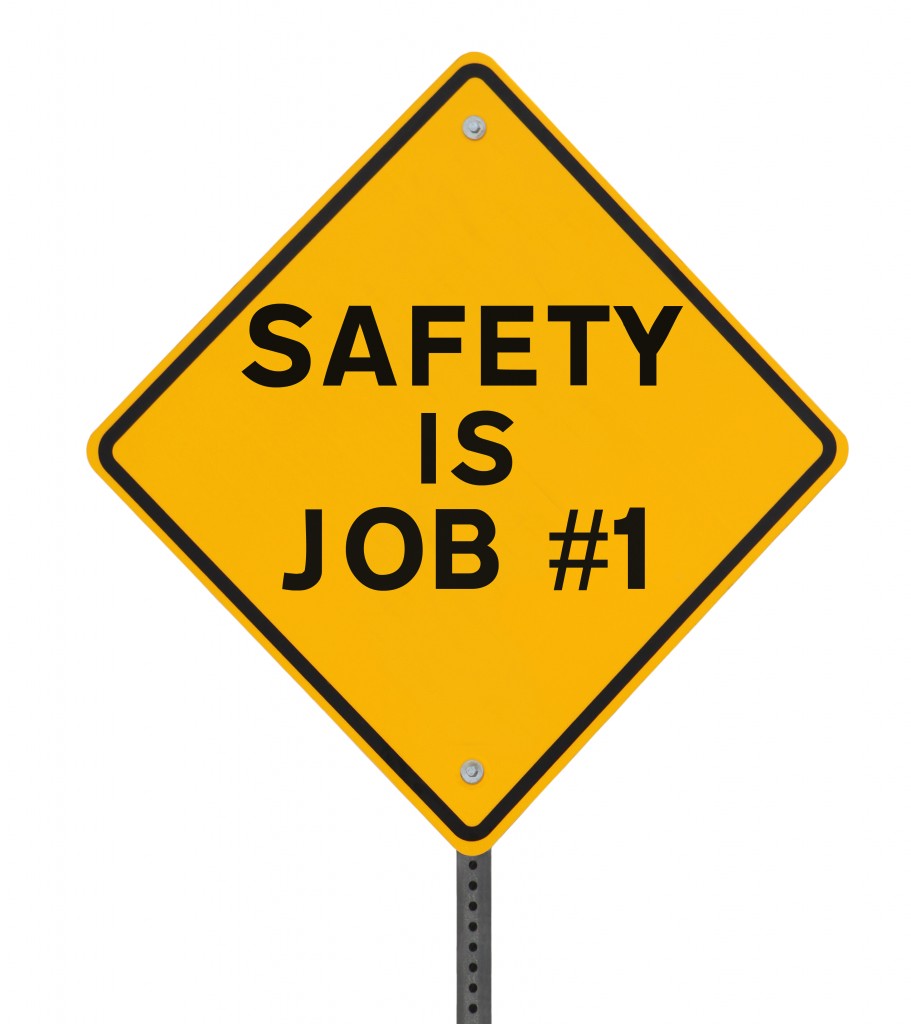In any workplace, employers and safety officers are duty-bound to ensure that their workers are not exposed to hazardous situations that could result in disability, dismemberment, or death. This is why there are clear and strict workplace safety measures enforced by government agencies such as the Occupational Safety and Health Administration (OSHA). These regulations are put in place to protect workers from untoward incidents in the workplace caused by inadequate, lacking, or improper site safety procedures, facilities, and personal protective equipment (PPE).
With the ongoing COVID-19 pandemic and the gradual easing of strict lockdown protocols that allow companies to let their workers and personnel report back to work, the OSHA standard for workplace safety just got an upgrade. The Safe Six workplace readiness essentials, for example, provides protocols that workplace managers and workers must observe in the light of the pandemic situation.
These six readiness essentials include social distancing, reduction of touchpoints, frequent disinfection, and access restrictions.
If you manage a worksite or own a business, you should do your part in keeping it compliant with such safety regulations to keep your workers out of harm’s way. Here are six essentials that you should have to ensure safety in your workplace:
1. Provision of personal protective gear (PPG)
Personal protective gears (also known as personal protective equipment or PPE) are a must in any worksite where there is constant danger of an injury occurring. As such, you have to invest in appropriate and adequate work safety gear to protect your workers from suffering from serious injuries. While workplace accidents cannot be totally avoided, the severity of bodily injuries that workers could suffer from can be greatly reduced. This equipment is your safety net in safeguarding your workers against injuries that could cause body dismemberment, debilitation, or death.
2. Crafting, clarification, and dissemination of site safety protocols
Workers should be walking blind about proper safety precautions that they are supposed to observe while doing their duties. This means that you have to first: craft workplace safety procedures or a safety management system per OSHA standards. Secondly, you should clarify or explain to your workers what each item means. Finally, you should give each worker a printout of these safety protocols, so they could go back to them if they forget anything.
3. Site safety infrastructure
It’s not enough to just have a plan and information drive about safety protocols in the workplace. You should also invest in critical site safety infrastructure to lower the chances of a catastrophic situation in your workplace. For example, you should install visible warning signs and safety reminders in strategic areas all over the site. This will help workers be reminded of what safety measures are in place for a specific area, as well as the potential dangers in that site. There should also be emergency response provisions such as first aid kits and fire extinguishers that workers could easily access in a time-critical emergency situation.
4. Monitoring system
Your site safety plan should include a simple and clear way of monitoring your workers’ observance of safety protocols. Your monitoring system should cover all grounds and be done regularly. Moreover, it should be clear and concise and with no provision for bias or guesswork. Finally, it should include surprise site visits to keep workers vigilant about adherence to established site safety measures with the knowledge that they can be checked upon at any given time.
5. Supervision and accountability
You can’t possibly oversee for yourself how safety protocols are observed and monitored in your workplace. It’s not just time-consuming, but counter-productive as well since your precious time would be spent doing supervisory works when you could be doing something more important. With this, you have to establish key persons who will be responsible for the implementation and monitoring of different aspects of site safety protocols. This way, you won’t have to micro-manage your workers since they would have supervisors who would check on their workplace safety compliance.
6. Establishment of feedback mechanism and rewards system
Employees will feel motivated to follow site safety measures if there is an open and regular feedback mechanism in place. This would entail scheduled meetings where there would open dialogue between safety supervisors and workers about issues related to site safety observance. Meanwhile, a simple rewards system will be icing on the cake as workers in areas with zero accidents for a given time would be rewarded. You can opt for tokens, cash gifts, or a day off as a means of rewarding workers for their efforts in keeping your workplace accident-free.
With these six essentials, keeping your workplace safe for all workers would be easy and achievable on a sustained level.

